03_12_2015
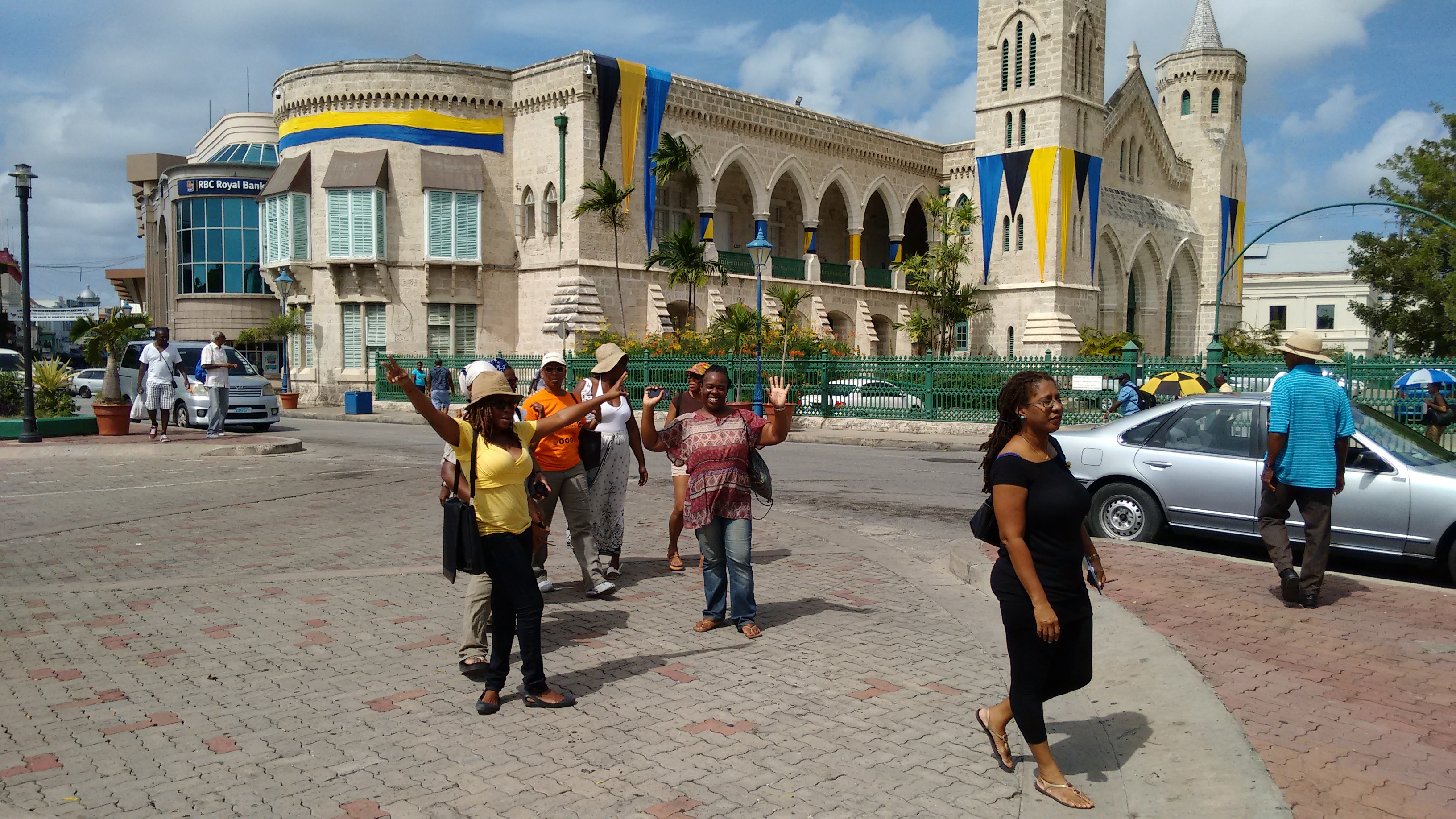 The third session of the workshop was dedicated to the field exploration. Along the itinerary each of the participants shortly introduced their theme in the chosen location. In the course of the walk they will confront their specific perspective with the elements of the urban landscape deriving from all the others, highlighting connections and correlations among different aspects that influence the urban identity and determine what is to be considered territorial heritage.
The third session of the workshop was dedicated to the field exploration. Along the itinerary each of the participants shortly introduced their theme in the chosen location. In the course of the walk they will confront their specific perspective with the elements of the urban landscape deriving from all the others, highlighting connections and correlations among different aspects that influence the urban identity and determine what is to be considered territorial heritage.
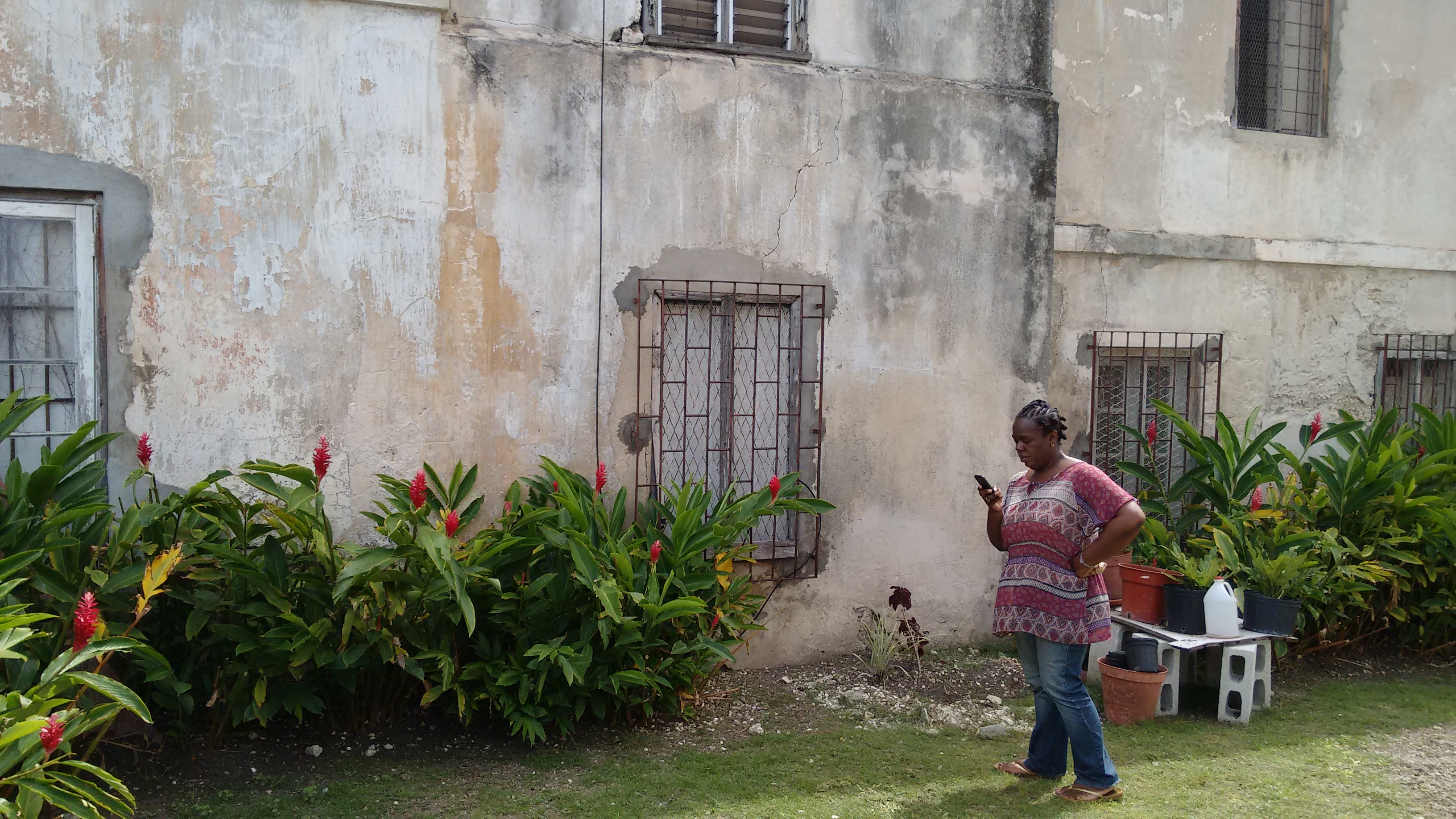
The first spot was proposed by Heather who enquires the City of Situations. She decided to work taking audio annotations of her impressions along the path. The modality is quite appropriate, recognising the concept of "situation" as the result of an individual experience in a particular time and space, that is, the essentially personal, unique and intimate experience of urban life as the primary way to understand the city. Her selected spot in Cheapside street is a lively crosspoint of Bridgetown, between the Bus station, the Post Office, the market.
Mariella chose Art City. In her words: "I choose art city due to this fact that art is all around us. I once heard an artist said that "everyone is an artist" and I also interpret that to mean that everything is art. The city contains art everywhere on its walls, its streets, its buildings and even it cemeteries".
Jewel introduces Market City in the lively
Anthony presents its idea of Spontaneous City underlying the connection with re-appropriation processes, both as social and political claim and as nature reconquering of leftover space.
Kaye focused on the Neglected City. The term immediately brings to mind thoughts of abandoned buildings, people and spaces; but travelling through the city one is struck by the revelation and realisation that the neglected city is not just abandoned or set apart spaces or people but instead an integrated part of our living city. Neglect is not so much a product of deliberate abandonment or forgetting but of changing structures of power and political and commercial motivation and influence.
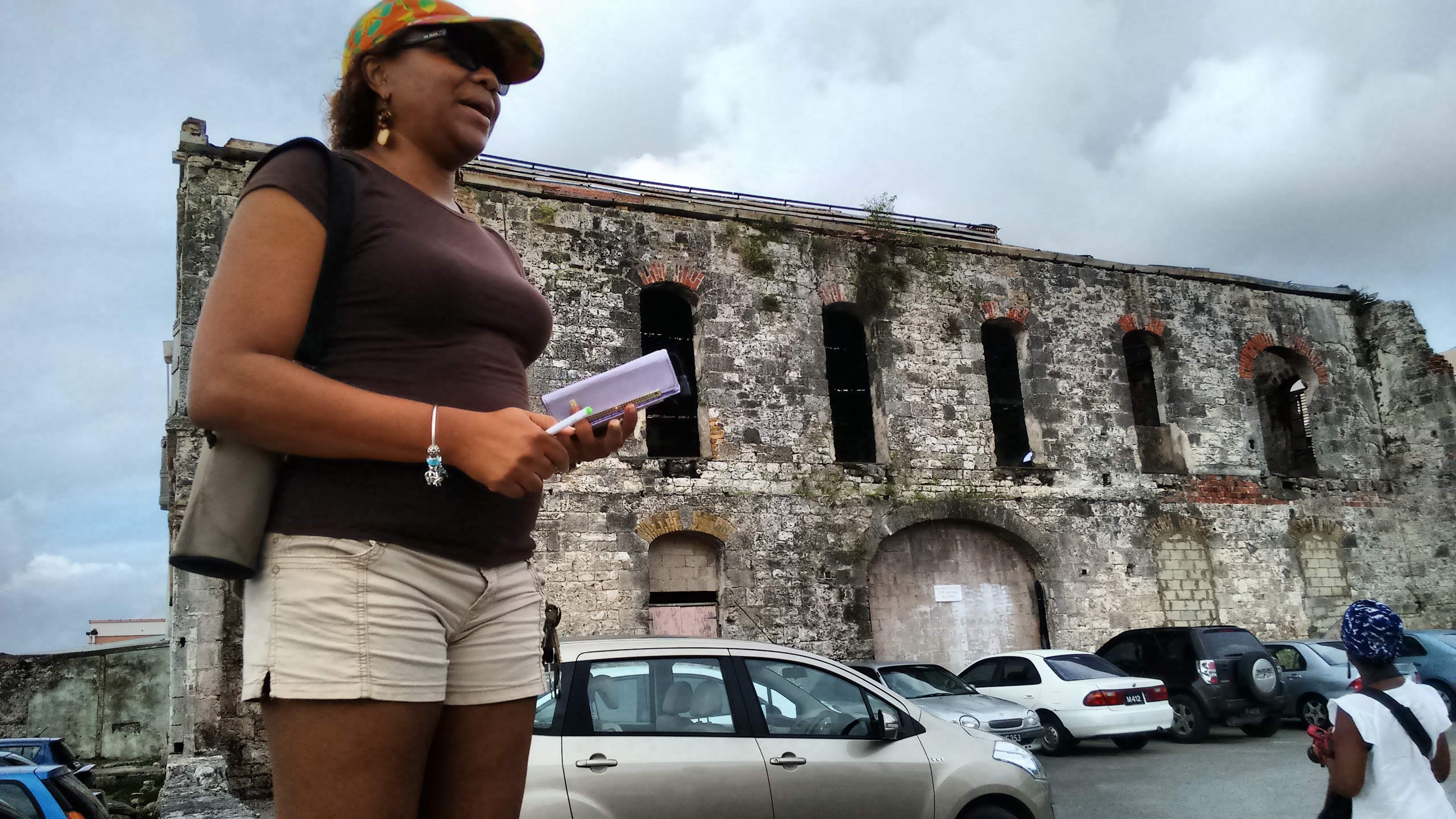
Janelle Playground City
Bob Sacred City / signs, poetry, images
Annette focus is on City of Memories. Bridgetown for the most part is dominated by a main artery which runs from Board Street with its finery to Cheapside its plainer sister. In this space all monuments and icon of formal memory are concentrated in the finer area of Bridgetown. By contrast, Cheapside and the corridor leading to it from Broad Street has no similar statues or formal icons as part of the fabric of our heritage. Cheapside is marked by a history of informal commerce and the relegation of the black inhabitants starting with the enslaved who refuse to obey orders to desist from peddling their wares in Bridgetown. Annette proposes to do a diarama and naration to give a visual representation of the contrast of the two spaces discussed.
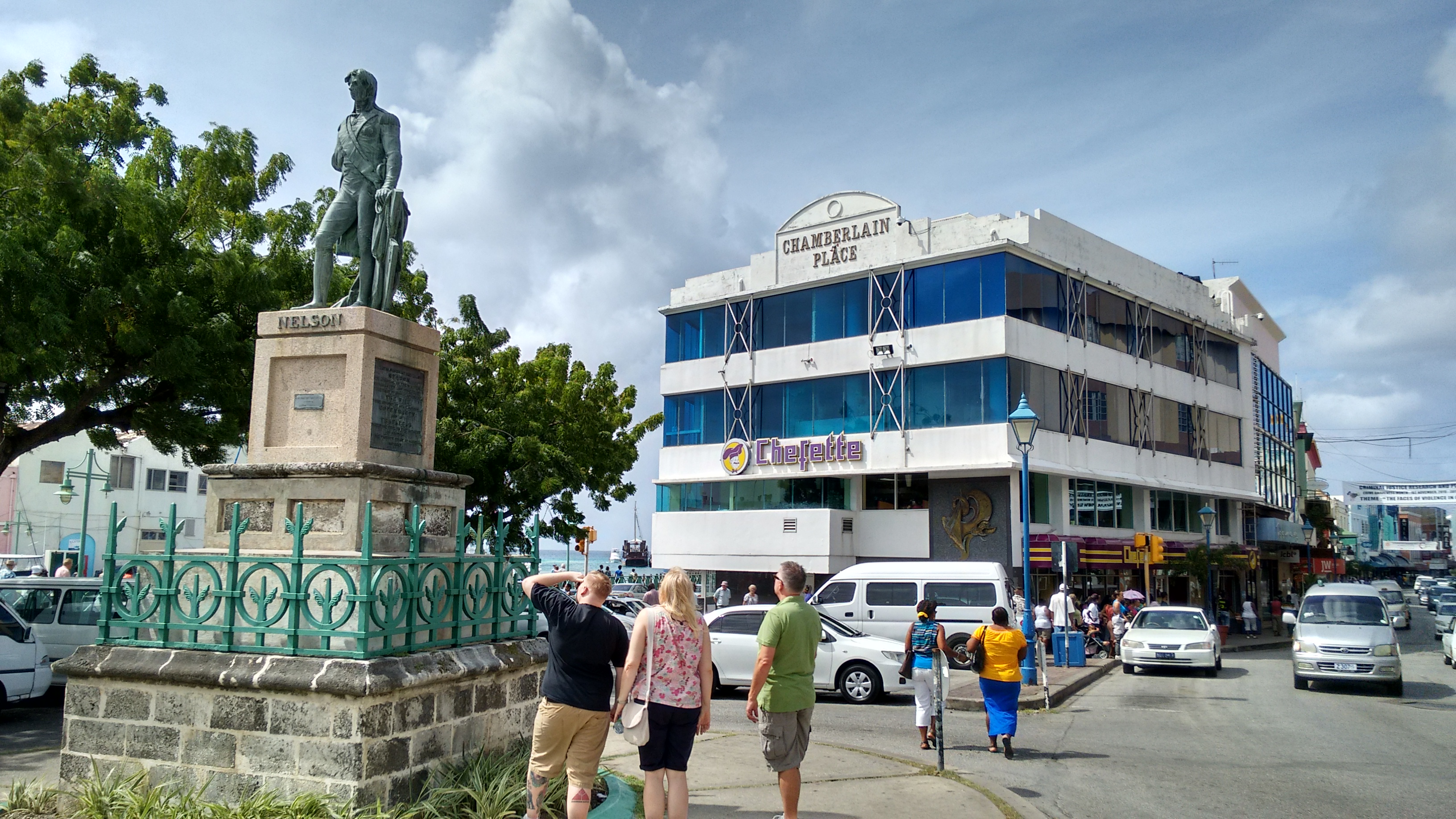
Gail Narrated City
Sherani chose Rhythmicity "to explore and expose the rhythm of silence. The pauses in between the usual rhythm of the city life. The pauses can be found in Places such as an empty church, elevators, abandoned buildings, 2 story parking lots and the library. The pauses or these silent spaces were compared to the birth process. The pause in the womb (silent place) and the breaking of the silence (birth) coming to life of senses a new. Embracing the rhythm of life. Rhythmicity..."
Sandra took the City of Names exercise, enquiring memories and celebrations inscribed in Bridgetown toponyms, acknowledging a history that stretches before the Colonial period, to the Amerindian era whereby the city itself was named back in 1628 as Indian Bridge, Indian Bridgetown and evolved to Bridgetown.
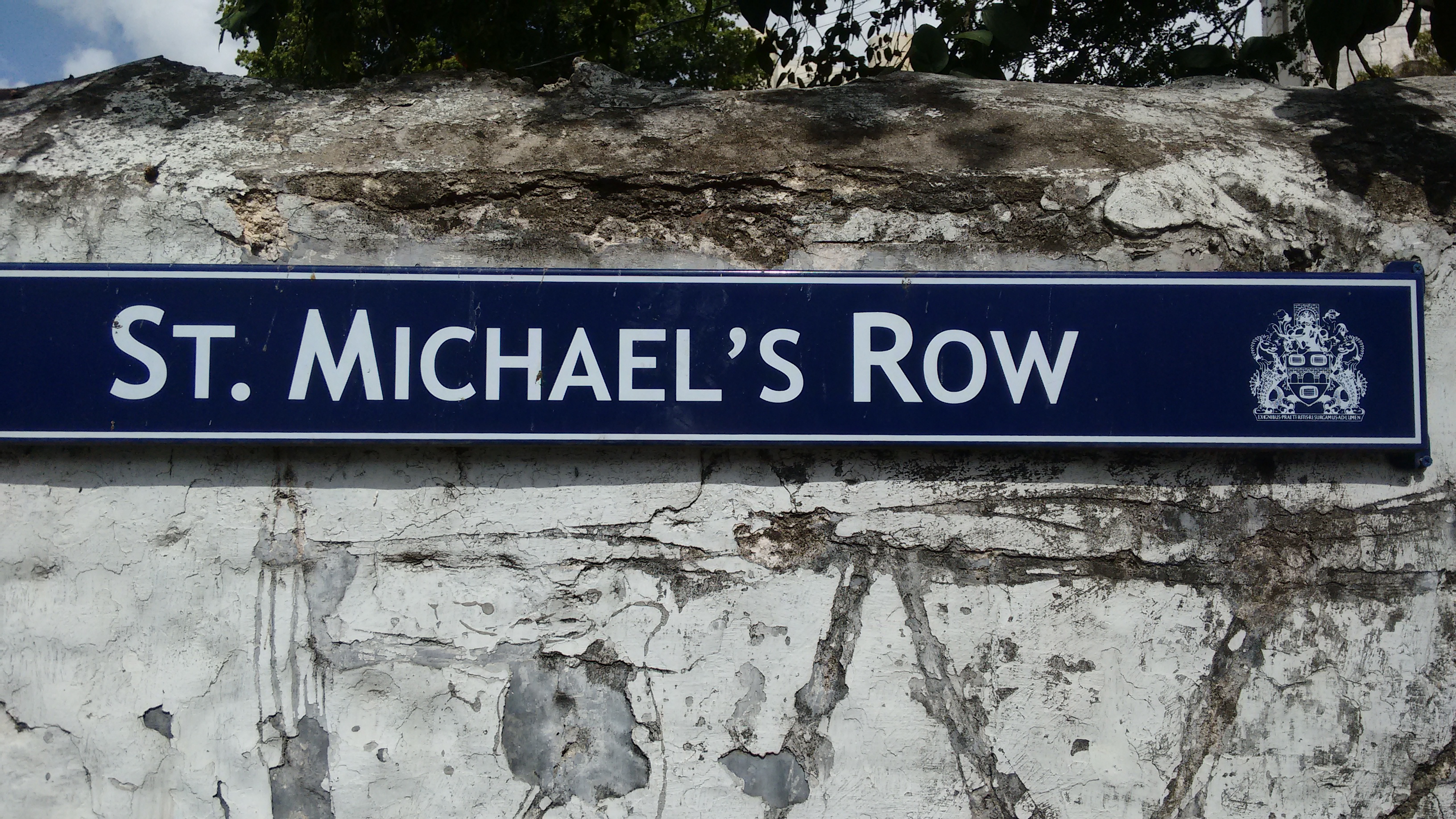
Chauntel looks at the City of food, investigating the heritage of the city as a source of food and nutrition for the nation. She will explore the spaces of food along the route and look at:
- the location of formal and informal food places and eating spaces
- how the city came to be and the changes in foods produced over time
- how changes in migration has impacted the gastronomic pallete of the city and how this is reflected in the offerings of food
- gastronomic spaces along the route, cultural fare, history of the establishment and impact on the city.
- spaces of fresh produce that feed the population
Rishi works with soundscapes of Bridgetown to assess the Public City. She will seek to record the sounds of their streets in Bridgetown which can reveal the social and economic dynamics of a place. Soundscapes of times past give us a way into the historical identity of a place, while those recorded today can serve as planning tools. Planners can use soundscapes to target unwanted sounds or noise pollution and probably use that data to create sweeter-sounding Bridgetown, where natural sounds like birds chirping are not drowned out.